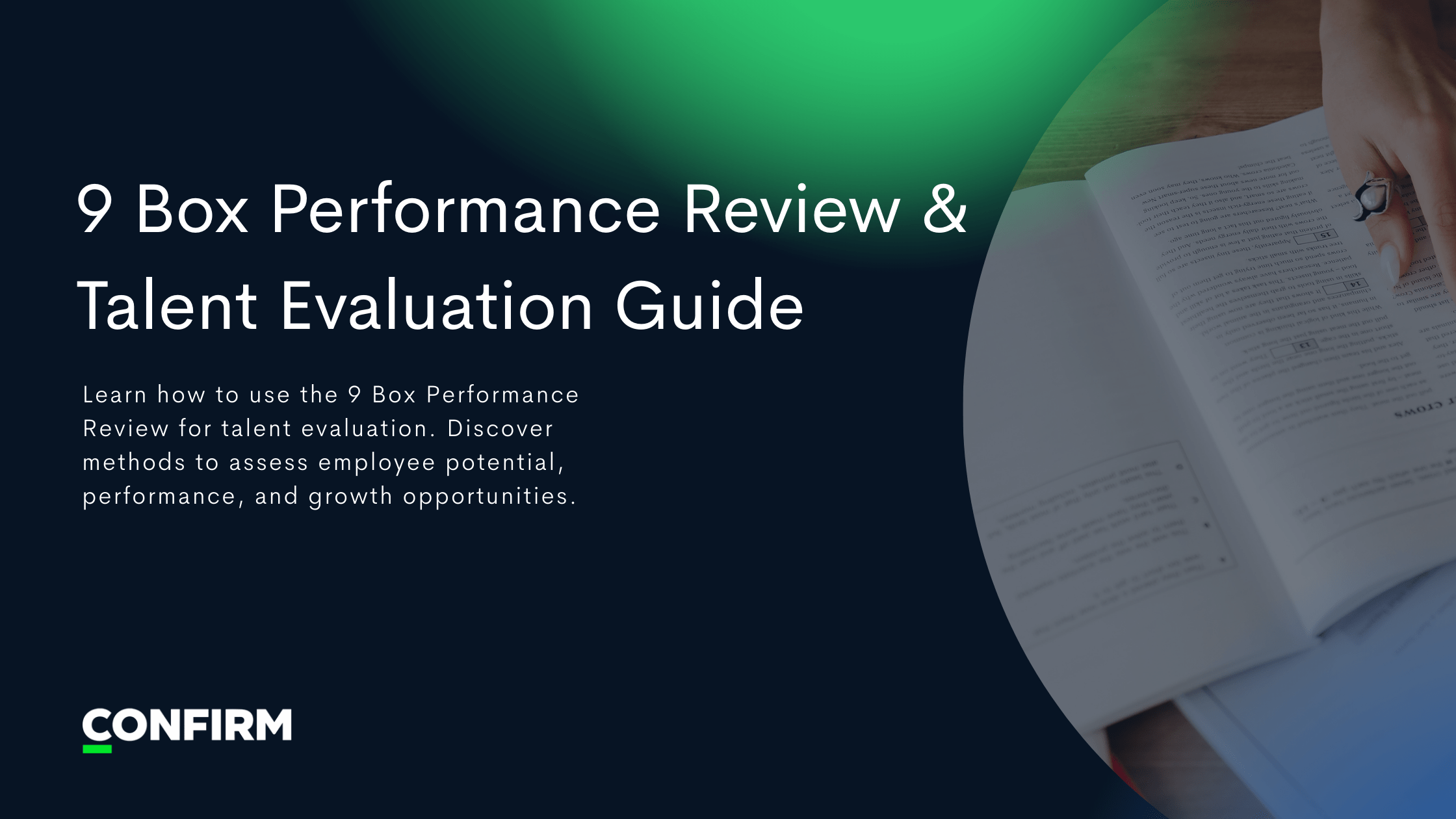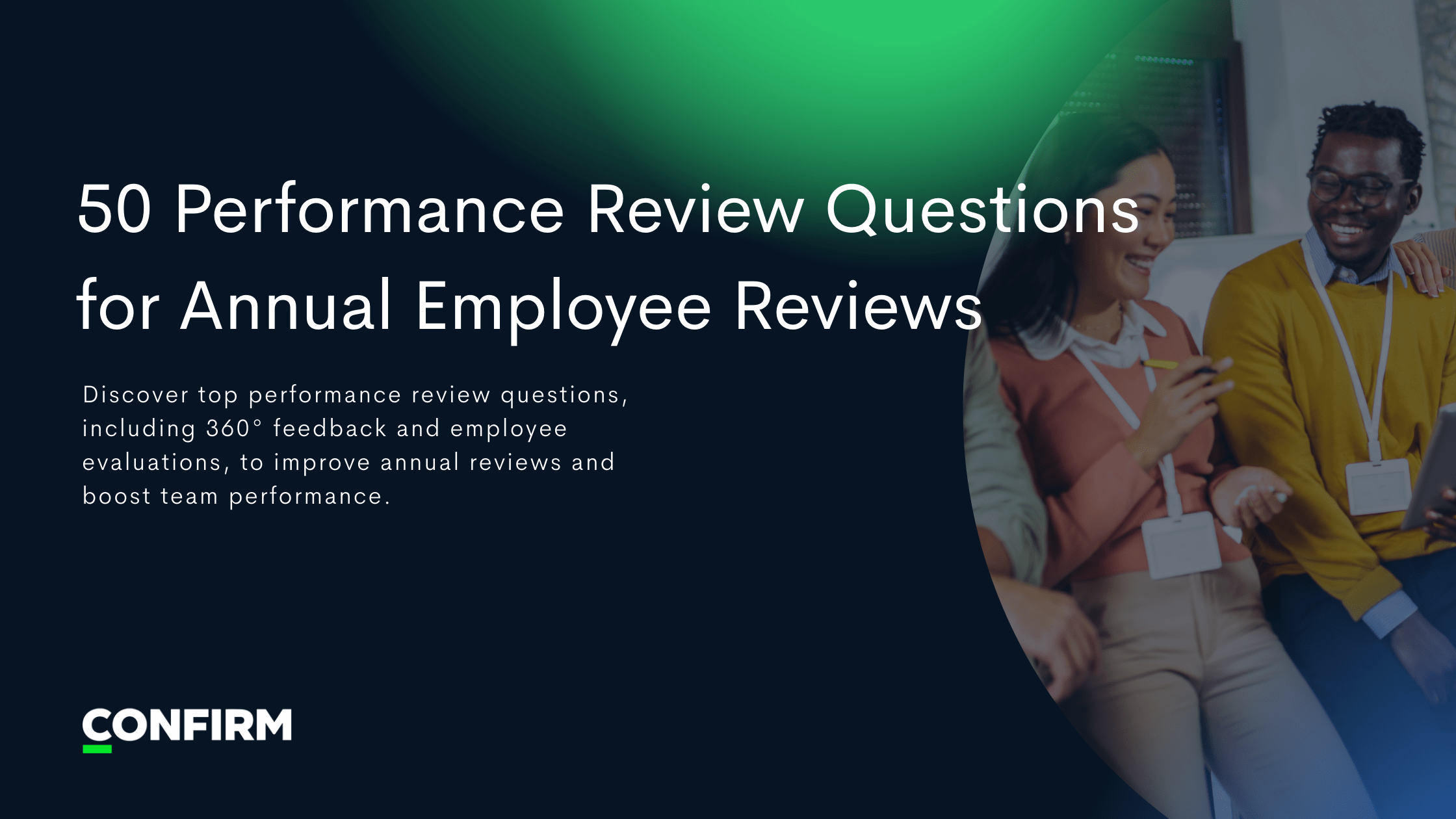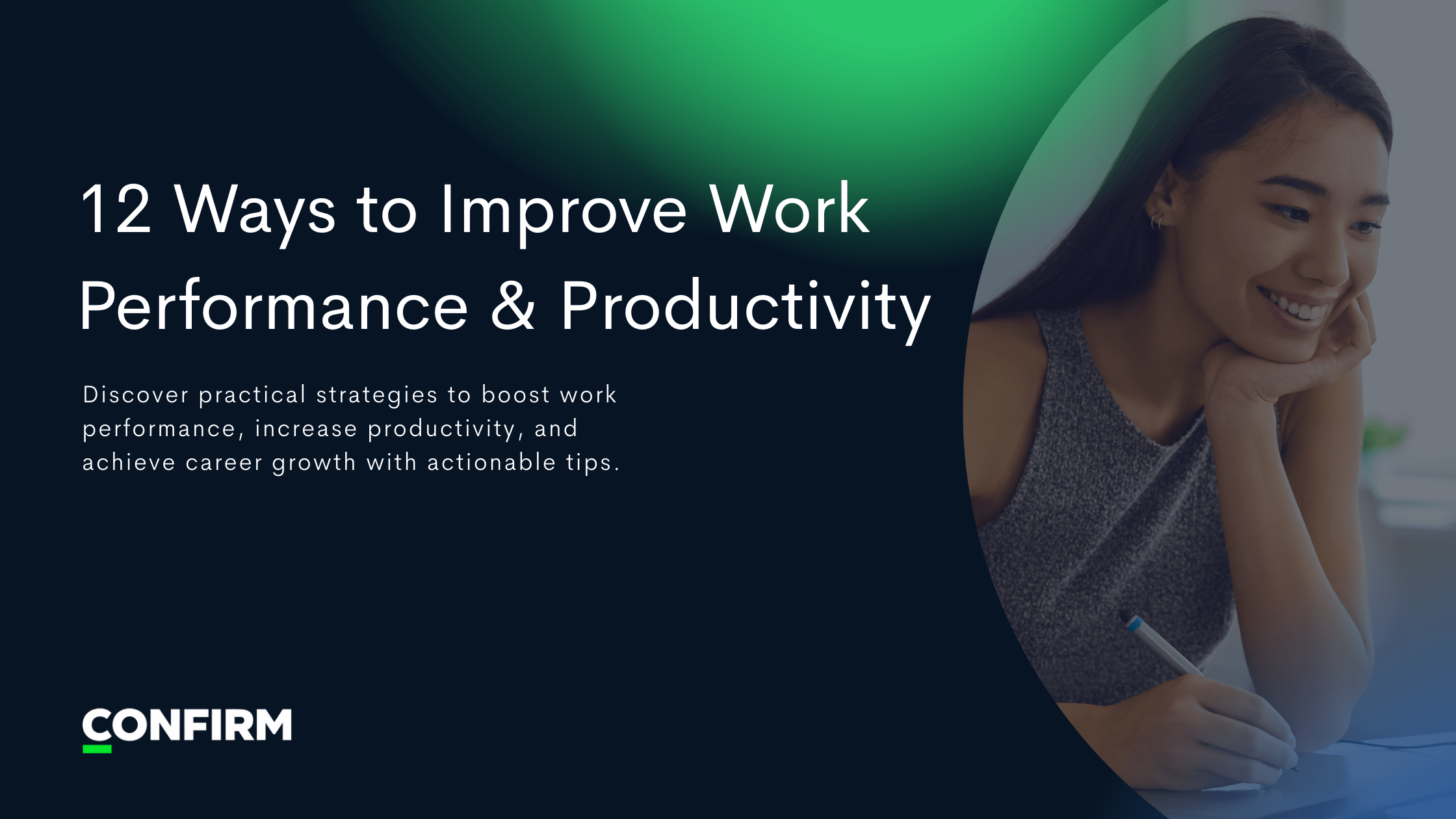
Blog post
Employees Hate These 3 Common Performance Review Practices
Uncover the three performance review practices employees dread and discover how ONA can revolutionize the review process.

Introduction
Performance reviews are meant to guide, motivate, and develop the workforce. However, while the intentions behind these reviews are commendable, the methods often leave much to be desired, especially from an employee's perspective. Over time, certain practices have emerged that employees find not just unhelpful, but downright frustrating. These outdated practices can lead to feelings of being misunderstood, undervalued, or even unfairly judged. In this article, we'll shine a light on three performance review practices that employees have come to dread. We'll also explore how Organizational Network Analysis (ONA) can offer a more empathetic, accurate, and effective approach, turning the review process into a positive experience for all involved.
1. Over-reliance on Managerial Judgments
The Problem from an Employee's Perspective:
Imagine dedicating countless hours, pouring your energy and expertise into your job, only to find that your annual performance review doesn't truly reflect your contributions. Research indicates that a staggering 60% of a manager's performance rating is influenced by bias. This means that only 20% of the rating genuinely reflects the employee's performance. Such a skewed perspective can lead to feelings of frustration and demotivation, especially when employees feel that their hard work and achievements are overshadowed by subjective opinions or biases.
Hypothetical Example:
Consider Sarah, a dedicated team member in a tech firm. She's not the loudest in team meetings but consistently delivers high-quality work. She's also the go-to person for many of her colleagues when they face challenges, offering solutions and insights that benefit the entire team. However, during her annual review, her manager, who often values vocal participation in meetings, gives her a mediocre rating, citing her "lack of visibility" in team discussions. This rating overlooks Sarah's substantial behind-the-scenes contributions and the value she brings to her colleagues.
The ONA Solution:
Organizational Network Analysis (ONA) offers a beacon of hope in this scenario. Instead of relying heavily on a manager's subjective viewpoint, ONA assesses an employee's impact within the broader organizational network. By asking questions like "Who do you go to for help and advice?" or "Who do you see as an outstanding contributor?", ONA gathers a comprehensive view of an employee's performance. In Sarah's case, ONA would reveal her central role in the team's network, highlighting her influence and the high regard her colleagues have for her. This data-driven approach ensures that every employee's impact is recognized fairly, reducing the influence of individual biases. Moreover, ONA can identify patterns and relationships that might not be immediately visible, offering a more holistic understanding of an employee's role and contributions within the organization. This ensures that performance reviews are not just based on what a manager sees or perceives, but on tangible interactions and collaborations that truly reflect an employee's value.
2. Inaccurate Identification of Top and Bottom Performers
The Problem from an Employee's Perspective:
For many employees, performance reviews are a time of reflection and anticipation. They look forward to understanding where they stand and how they can improve. However, when 90% of employees typically receive scores of 3s and 4s on a 5-point scale, it becomes a challenge to truly identify where one stands. This clustering effect can mask the reality, leading to a scenario where true top performers feel unrecognized and those needing support feel overlooked.
Hypothetical Example:
Take the case of Alex, a member of a marketing team in a large corporation. Alex doesn't have the highest number of individual projects under his belt, but he's instrumental in facilitating collaborations between departments. He's the bridge that ensures smooth communication between the design, content, and analytics teams. His efforts lead to more cohesive campaigns and better results for the company. However, during the annual review, the evaluation system, which heavily weighs individual project completion, places Alex in the middle of the pack. This rating fails to capture the pivotal role Alex plays in synergizing the efforts of different departments.
The ONA Solution:
Organizational Network Analysis (ONA) can rectify such oversights. By meticulously analyzing the networks and collaborations within an organization, ONA can pinpoint employees like Alex who serve as vital connectors. ONA evaluates not just task completion but the quality of interactions, the influence an employee has within their network, and the ripple effect of their contributions. In Alex's case, ONA would highlight his central role in fostering inter-departmental collaborations, showcasing the tangible and intangible value he brings to the organization. By capturing these nuances, ONA ensures that performance reviews are comprehensive, fair, and truly reflective of an employee's impact, recognizing the often overlooked "connectors" and "facilitators" in a team.
3. Bias Towards Vocal Self-Promoters
The Problem from an Employee's Perspective:
360 reviews, where feedback is gathered from peers, subordinates, and superiors, are often touted as a comprehensive way to evaluate an employee's performance. However, they come with their own set of challenges. The primary issue is selection bias. Employees often cherry-pick those who review them, leading to skewed and overly positive feedback. This can result in a distorted view of an employee's actual contributions and impact.
Hypothetical Example:
Let's consider Raj, a project manager in a software development company. Raj is known to have a close-knit group of colleagues with whom he frequently collaborates. When it's time for 360 reviews, Raj selects this group to provide feedback on his performance. As expected, the feedback is overwhelmingly positive, painting a picture of Raj as an exemplary employee. However, what this review fails to capture is Raj's tendency to exclude other team members from important discussions, leading to a lack of diverse input in projects. Those who have been sidelined by Raj aren't part of the review process, and thus, their perspectives are missing.
The ONA Solution:
Organizational Network Analysis (ONA) offers a more holistic approach. Instead of relying on selected feedback, ONA maps out the entire network of interactions and collaborations within the organization. In Raj's case, ONA would reveal not only the strong ties he has with his close-knit group but also the gaps in his interactions with other team members. This comprehensive view would highlight areas where Raj excels and areas where he needs to improve, such as fostering inclusivity and ensuring diverse participation in projects. By capturing the full spectrum of an employee's interactions, ONA provides a more balanced and accurate representation of an employee's performance, ensuring that no voice is left unheard and no contribution goes unnoticed.
The Changing Landscape of Work
From an employee's perspective, these shifts in the work landscape have brought both opportunities and challenges.
The Modern Work Environment: Opportunities and Challenges
The rise of remote work, for instance, offers flexibility and a better work-life balance for many. Digital tools and platforms have enabled seamless collaboration, even across continents, breaking down geographical barriers and opening up a world of possibilities. The traditional 9-to-5 workday is giving way to more flexible schedules, allowing employees to tailor their work hours to their personal needs and preferences.
However, these changes also come with their set of challenges. The physical distance introduced by remote work can sometimes lead to feelings of isolation or disconnection from the team members. The lack of face-to-face interactions can make it harder for employees to build strong relationships with their co-workers, leading to potential miscommunications or misunderstandings. Moreover, the blurring of boundaries between work and personal life can lead to burnout, as employees find it challenging to 'switch off' from work.
Adapting Performance Reviews for the Digital Age
In this new landscape, traditional performance review practices, which were designed for a different era, often fall short. Managers no longer have the same level of visibility into their team's day-to-day work activities. The water-cooler chats, impromptu team meetings, and over-the-desk conversations that once provided insights into an employee's performance and challenges are less frequent in a virtual work environment.
This is where Organizational Network Analysis (ONA) comes into play. ONA is designed for the modern workplace. By analyzing the networks and collaborations within an organization, ONA offers a comprehensive view of an employee's work performance, irrespective of their physical location. It captures the essence of the modern work environment, where value is derived not just from individual tasks but from collaborations, interactions, and the sharing of knowledge. In doing so, ONA ensures that the changing landscape of work is reflected accurately in performance reviews, making them more relevant, fair, and effective.
Conclusion: Embracing the Future of Performance Reviews
The traditional performance review system, with its inherent biases and outdated practices, has long been a source of anxiety and frustration for many employees. While the intention behind these reviews has always been to foster growth and development, the methods employed often fall short. Employees yearn for a system where they feel genuinely understood, valued, and motivated.
Incorporating Organizational Network Analysis (ONA) into the review process is not just about adopting a new tool; it's about embracing a paradigm shift in how we understand and evaluate employee contributions. ONA offers a more holistic, data-driven approach, ensuring that every effort, every collaboration, and every impact is recognized. This not only leads to more accurate reviews but also fosters a culture of trust and transparency.
Moreover, as the landscape of work continues to evolve, with remote work and digital collaborations becoming the norm, it's imperative for organizations to adapt. ONA, with its focus on networks and collaborations, is perfectly poised to address the challenges of this new era. It ensures that no employee, whether they're working from a distant location or right at the office, feels overlooked.
But beyond the technical advantages, adopting ONA is also about sending a clear message to employees: that their well-being, growth, and contributions matter. It's about building stronger relationships, fostering a sense of belonging, and creating an environment where every employee feels empowered to reach their full potential.
As we look to the future, it's clear that for organizations to thrive, they must prioritize the well-being and development of their employees. Adopting a more empathetic, accurate, and effective approach to performance reviews, powered by ONA, is a significant step in that direction.
FAQs
1. Why do traditional performance reviews fall short?
Traditional performance reviews often rely heavily on managerial judgments, which can be influenced by biases. As a result, only a fraction of the review might genuinely reflect an employee's performance.
2. How does the ONA solution differ from traditional performance reviews?
Organizational Network Analysis (ONA) evaluates an employee's impact within the broader organizational network. It gathers data on interactions, collaborations, and the influence an employee has within their network, providing a more comprehensive and unbiased view of performance.
3. Why are 360 reviews potentially problematic?
While 360 reviews gather feedback from various sources, they can suffer from selection bias. Employees might cherry-pick reviewers, leading to skewed feedback that doesn't capture the full scope of their performance.
4. How does the changing landscape of work affect performance reviews?
The modern work environment, characterized by remote work and digital collaborations, has reduced the direct visibility managers have over their team members. Traditional review methods might not capture the nuances of this new work landscape, making tools like ONA even more essential.
5. How can ONA help in recognizing "quiet contributors"?
ONA identifies patterns and relationships within the organization, highlighting employees who might not be vocal but play pivotal roles in collaborations, knowledge sharing, and facilitating team success.
6. Does ONA replace the need for managerial feedback?
No, ONA complements managerial feedback by providing data-driven insights. The combination of ONA's comprehensive view and a manager's qualitative feedback ensures a balanced and accurate performance review.
7. How can companies transition to using ONA for performance reviews?
Companies can start by integrating ONA tools with their existing HR systems, training managers on interpreting ONA data, and gradually shifting the weightage of performance reviews to be more data-driven.
8. Are there any challenges in implementing ONA?
Like any change, transitioning to ONA might require a cultural shift within the organization. Ensuring that all stakeholders understand the benefits of ONA and addressing any concerns will be crucial for successful implementation.
Ready to see Confirm in Action?
See why forward-thinking enterprises use Confirm to make fairer, faster talent decisions and build high-performing teams.










